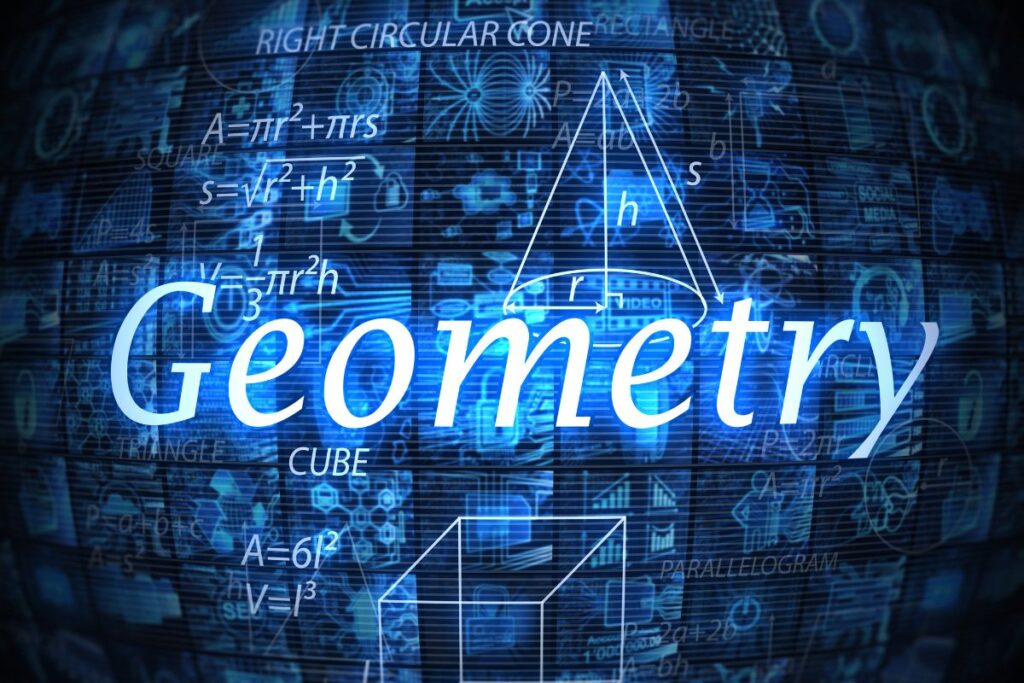
Einstein’s Theory of Relativity is one of the most mind-bending and revolutionary ideas in the history of physics. It has reshaped our understanding of space, time, and gravity. But don’t be intimidated by its complexity; you can grasp the basics of this theory with the help of a subject you might not expect: geometry. Kai Kunz Northbridge explores how geometry is crucial in making Einstein’s Theory of Relativity more accessible and understandable.
What Is Einstein’s Theory Of Relativity?
Einstein’s Theory of Relativity comes in two categories: Special and General. The Special Theory of Relativity, published by Albert Einstein in 1905, deals with objects moving at constant speeds, particularly near the speed of light and builds off of the fundamental laws of physics laid down by Sir Isaac Newton. It introduced ideas like time dilation and the equivalence of mass and energy (E=mc²).
The General Theory of Relativity was unveiled in 1915. It builds upon the Special Theory and concerns gravity’s nature. It presents a new way of thinking about gravity as the curvature of spacetime caused by massive objects.
Geometry And Space: A Fundamental Connection
Geometry is the branch of mathematics that studies the properties and relationships of shapes and spaces. It’s often associated with concepts like triangles, circles, and angles. But it can also describe the structure of spacetime itself.
In Einstein’s theory, spacetime isn’t just a flat, unchanging background. It’s a dynamic, four-dimensional fabric that curves and bends around massive objects like stars and planets. This is where geometry comes into play.
Curved Geometry Of Spacetime
Imagine you’re standing on a flat field, and you throw a ball. Without forces (like gravity), the ball will follow a straight line, the shortest path between two points. This idea is encapsulated in Euclidean geometry, which works well for flat surfaces like the field.
But now, let’s move to a different scenario. Picture yourself on Earth’s surface, and you throw the ball. This time, the ball follows a curved path due to Earth’s gravity. To describe this curved path, we need a different type of geometry called non-Euclidean geometry. In this way we can see that the natural laws of physics show these observations to be true.
Einstein realized that spacetime behaves similarly. In massive objects’ presence, spacetime curves, causing objects to follow curved paths. This concept is where non-Euclidean geometry becomes crucial for understanding the theory.
Geodesics: Straight Paths In Curved Space
In the world of non-Euclidean geometry, we talk about geodesics. These are the equivalent of straight lines in curved space. When objects move freely through curved spacetime, they follow geodesics.
Think of a geodesic as the most direct path an object can take in the curved spacetime. In the context of General Relativity, objects, including light, follow curved paths in the presence of gravitational fields. This concept helps explain phenomena like the bending of light around massive objects, known as gravitational lensing, which was famously confirmed during a solar eclipse in 1919.
Visualizing Einstein’s Theory With Geometry
Imagine placing a heavy ball on a rubber sheet. The rubber sheet represents spacetime. The heavy ball creates a dimple in the sheet, curving it. If you roll a smaller ball on the sheet, it will move in a circle around the heavy ball, like a planet orbiting a star.
In this analogy, the rubber sheet represents spacetime. The heavy ball represents a massive object like a planet. The smaller ball represents an object affected by gravity.
The curved rubber sheet represents the curvature of spacetime caused by the massive object. The smaller ball follows a curved path along the sheet because it’s moving along a geodesic in the curved space. This simple visual representation illustrates how geometry helps us grasp the essence of General Relativity: massive objects warp the fabric of spacetime, causing other objects to follow curved paths around them.
Final Thoughts
Einstein’s Theory of Relativity might sound intimidating, but with the help of geometry, we can break it down into more digestible concepts. We can better understand how gravity works in the universe by considering spacetime as a curved, four-dimensional space and using non-Euclidean geometry to describe its properties. So, the next time you ponder Einstein’s theory, remember that geometry is your trusty guide to unraveling the mysteries of the cosmos.